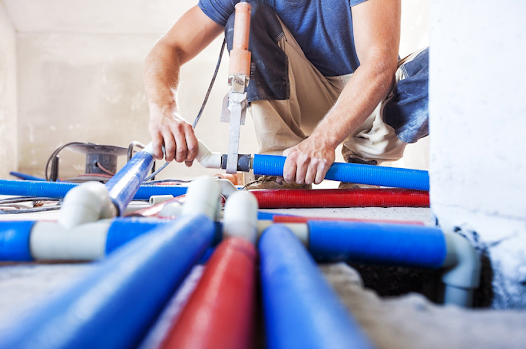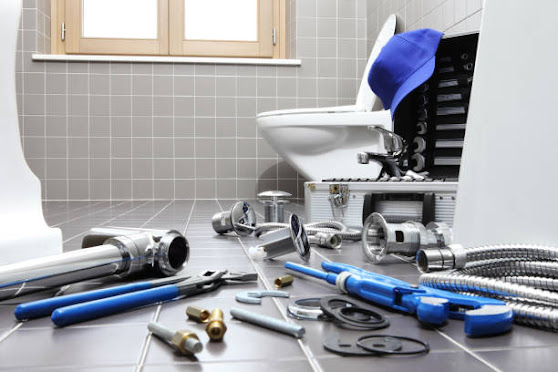How to Repipe a House: How Much Does It Cost to Repipe a House?
The Repiping Process Explained
When it comes to repiping a house, it is essential to understand the overall process involved. Repiping involves replacing the old, worn-out pipes with new ones to ensure optimal performance and avoid further plumbing problems. Here is a step-by-step breakdown of the repiping process:Evaluation: Before initiating the repiping project, a thorough inspection of the existing plumbing system is necessary. A professional plumber will assess the condition of the pipes, identify any leaks or damage, and determine the scope of the repiping project.Planning and Preparation: Once the evaluation is complete, the plumber will devise a comprehensive plan for the repiping project. This plan includes selecting the appropriate type of pipes, considering the layout of the house, and determining the necessary permits and materials. Proper preparation is essential to ensure a smooth repiping process.
- Water Shut-off: Before any work begins, the water supply to the house must be shut off. This prevents water from flowing through the pipes during the repiping process and minimizes the risk of flooding or water damage.
- Removal of Old Pipes: The next step involves removing the old pipes. This can be a time-consuming process, as the plumber will need to access the existing pipes in the walls, floors, and ceilings. Care must be taken to minimize damage to the surrounding structures during this phase.
- Installation of New Pipes: Once the old pipes are removed, the plumber will proceed with installing the new pipes. The choice of materials for the new pipes depends on various factors such as budget, local building codes, and personal preferences. Common materials used for repiping include copper, PEX (cross-linked polyethylene), and CPVC (chlorinated polyvinyl chloride).
- Finishing and Testing: After the new pipes are installed, the plumber will make the necessary connections and fittings. Once the plumbing system is fully assembled, a series of tests will be conducted to check for any leaks or potential issues. These tests ensure that the repiping project is successful and that the plumbing system functions properly.
Understanding the Cost of Repiping a House
One of the primary concerns for homeowners when considering a repiping project is the cost involved. The cost of repiping a house can vary significantly depending on several factors, including the size of the house, the type of pipes used, the complexity of the installation, and the region's labor rates. On average, the cost to repipe a house ranges from $3,500 to $10,000 or more. While this may seem like a substantial investment, it is crucial to remember that repiping offers long-term benefits and can help avoid costly repairs associated with water damage.The cost breakdown of repiping typically includes the following:
- Material Costs: The type of pipes chosen for repiping will impact the overall cost. Copper pipes are known for their durability but can be more expensive compared to PEX or CPVC pipes, which are often more budget-friendly.
- Labor Costs: The complexity of the repiping project and the time required for installation influence the labor costs. Plumbers typically charge an hourly rate or a flat fee for repiping services. It is advisable to obtain multiple quotes from reputable plumbers to ensure a fair price.
- Additional Costs: Depending on the specific requirements of your house, there may be additional costs involved. These can include permits, wall repairs, and any necessary upgrades or modifications to accommodate the new plumbing system.




Comments
Post a Comment